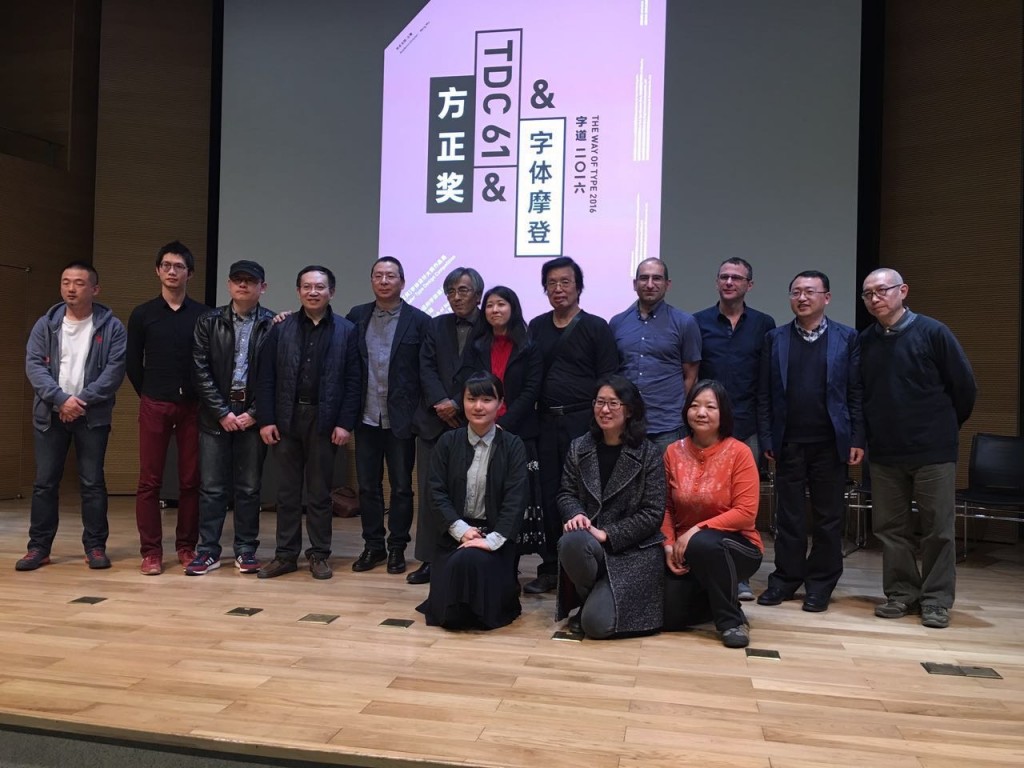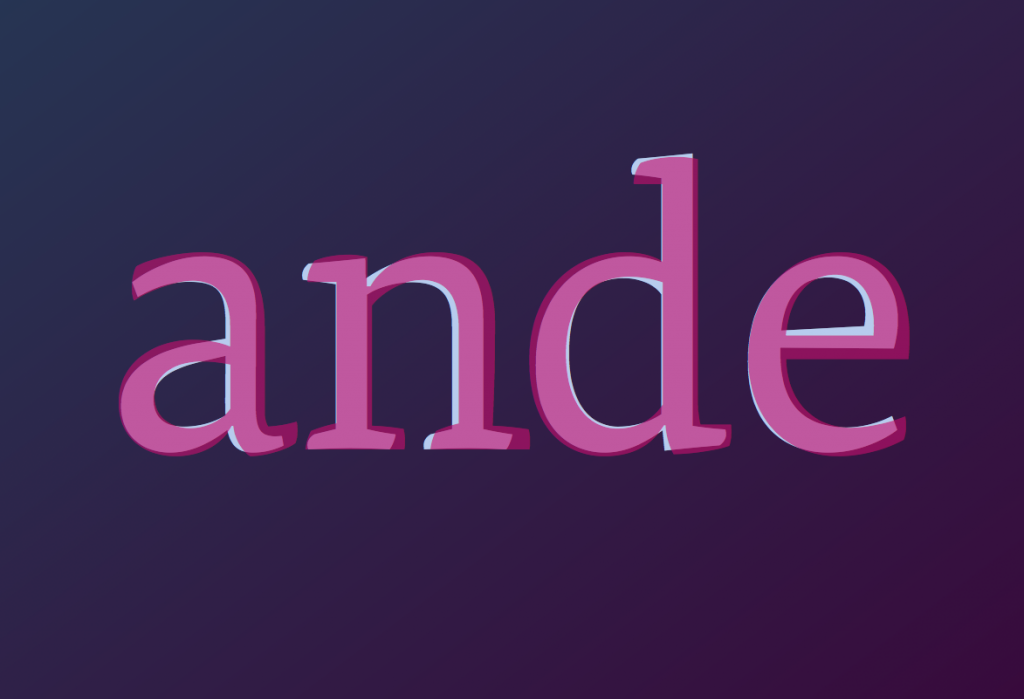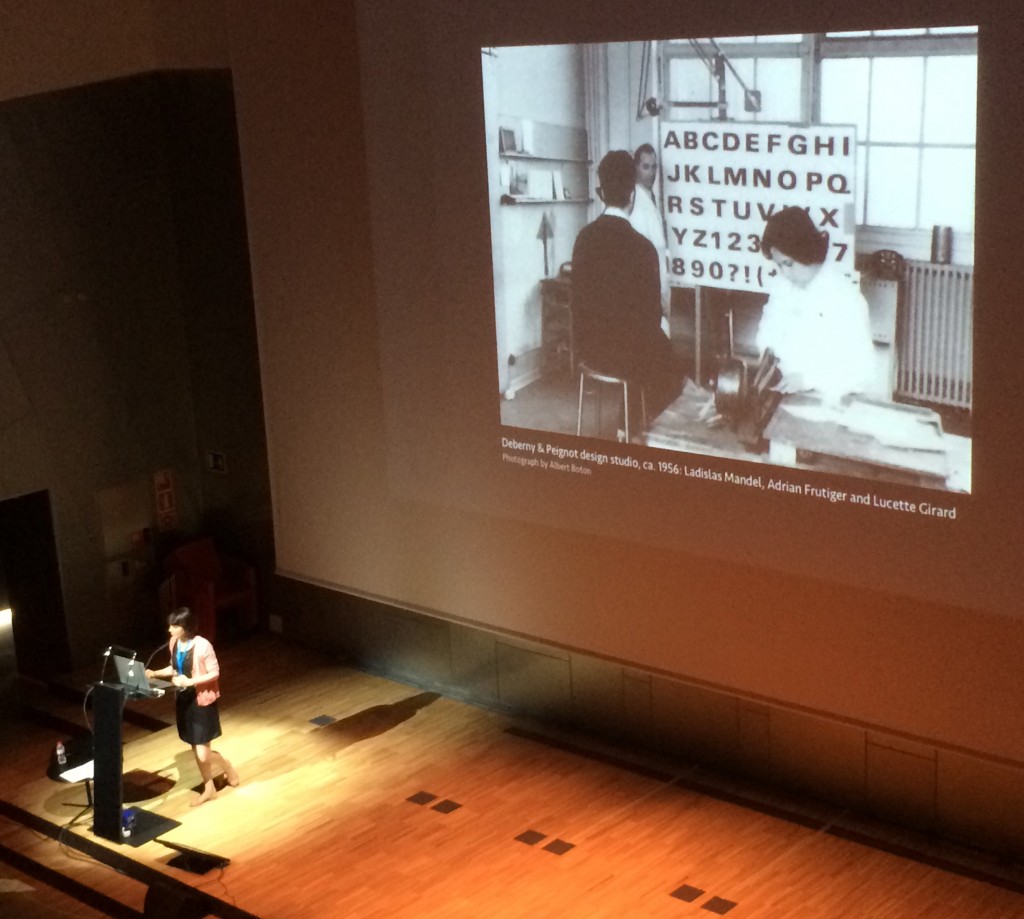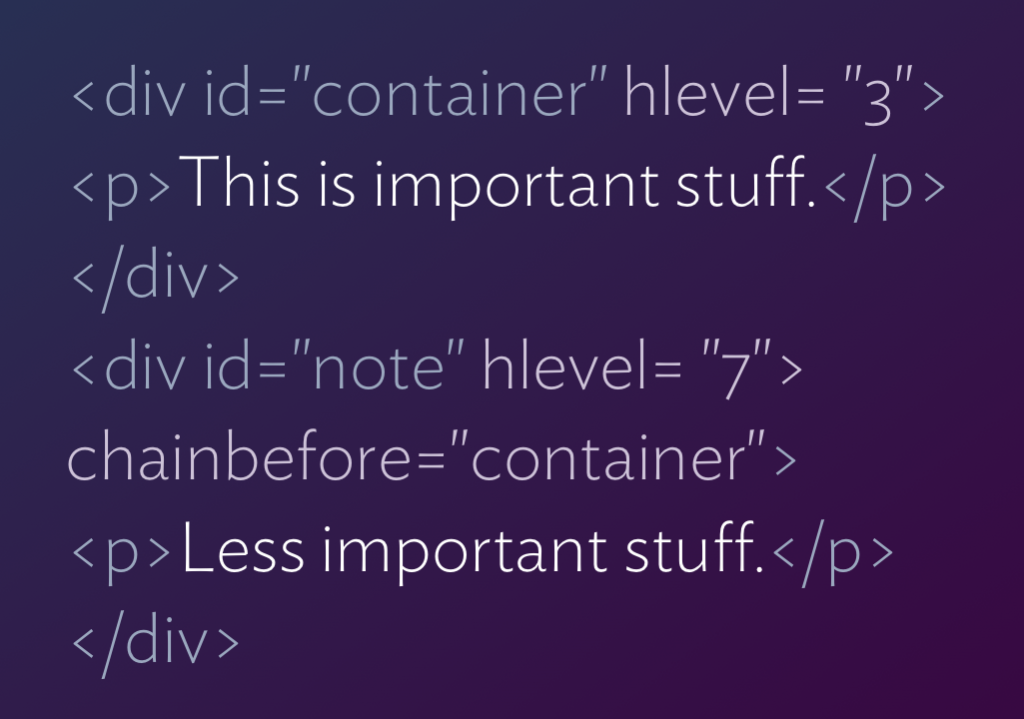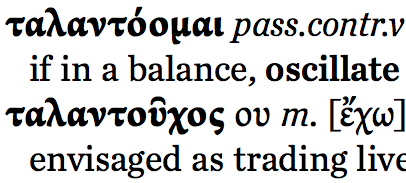Proposal for the paper delivered at the Designs on eLearning 2012 conference in the University of the Arts, London, talking about the g MA (Res) TD programme. The description below is in academic-speak, but is useful for those interested in how we’re approaching this.
Developing a New Model for Distance-Learning in an Archives-Rich Discipline
This paper describes the challenges in the development of a new programme targeting distance learners in a domain where conventional literature is not easily available, and engagement with original artefacts is essential for the research skills.
Context
Typeface design is a design field that has experienced considerable growth in the last decade. Central to this growth have been the strategy of OEM suppliers to support global markets without localising instances of their products, and the shift to region- or worldwide branding by major companies. The specialised skills required for high quality multi-script typefaces exclude autodidacts, and underline the need for structured education in multi-script typeface design. The University of Reading has pioneered teaching in this area through a very successful full-time residential MA programme in the Department of Typography & Graphic communication, whose graduates occupy dominant positions in the industry. The programme has inspired similar initiatives at postgraduate level, most notably in Argentina, Mexico, and Switzerland. Teaching relies heavily on the use of artefacts from the Department’s Collections & Archives, and particularly the Non-Latin Collection. The Collection comprises around 10,000 drawings of letterforms, commercial correspondence, and material relating to the technology of typesetting non-Latin typefaces. The artefacts are unique and irreplaceable, and generally sensitive to repeated handling. Student work on the MA is split evenly between practical and academic work. The main academic output takes the form of a rigorous dissertation based on original research. The better examples are of publication quality, and contribute to the nascent scholarship in the field.
Objective, and a Challenge
We surveyed the field and identified a community of practitioners transitioning to teaching careers, and educators seeking to gain higher qualifications in a research-intensive environment. Unlike early-career designers, this community does not require practical skills building, but is characterised by a lack of engagement with the literature in the field, and a lack of understanding in specialist areas, most notably working with archival material, documenting artefact-based research, and integrating artefact-based research into practice. We have also identified a broader lack of academic writing skills. Seeking to capture this audience, we designed a new MA programme: we expanded the academic elements to occupy the full credit weighting, and strengthened particularly the research methods elements. However, our target community is international in location, and limited in mobility: professionals cannot interrupt their practice, and educators cannot easily take out a full twelve months. This represented significant challenges for three reasons: firstly, because the print literature in typeface design is not generally present in university libraries, even if these institutions run graphic design programmes. Secondly, because our methodology for building research skills is founded on intimate engagement with original artefacts. And, thirdly, because we place considerable expectations on group-based learning and peer engagement.
Programme Development
In response to the limitations to student mobility, and the three challenges we identified, we developed a hybrid mode of study. Our model combines a part-time, distance-learning mode for the majority of the 24-month registration, with three full-time residential periods of two weeks each. The aim is to combine self-directed learning through guided study, discourse development through engagement with an online community of peers, face-to-face feedback on presentations and discussion, and hands-on experience with sensitive artefacts. The programme follows a three term per academic year structure. Students will start the course in October of Year 1, with the first residential period towards the end of the the first term (late November – early December). The second residential period will take place in the summer of the first year, at a time that coincides with the vacation period of most HEIs. The third residential period will take place in the autumn of Year 2. Currently we intend to recruit only one cohort every two years.
Online Presence
We audited the literature we intended students to have access to, and identified only partial coverage by our institutional provision, especially for a worldwide cohort. We are addressing this by making available online ex-copyright material in an environment that allows shared use and annotation, and working with our institution to enable global access to copyrighted print resources, in electronic form. We will be employing collaborative tools for asynchronous seminars, and building a knowledge base around the core texts of the programme. For the second residential period we will run parallel student-led blogs on predetermined areas of study. All material will be shared amongst the whole cohort and staff, and final states of texts made available more publicly.
